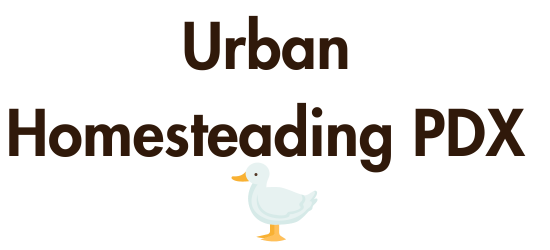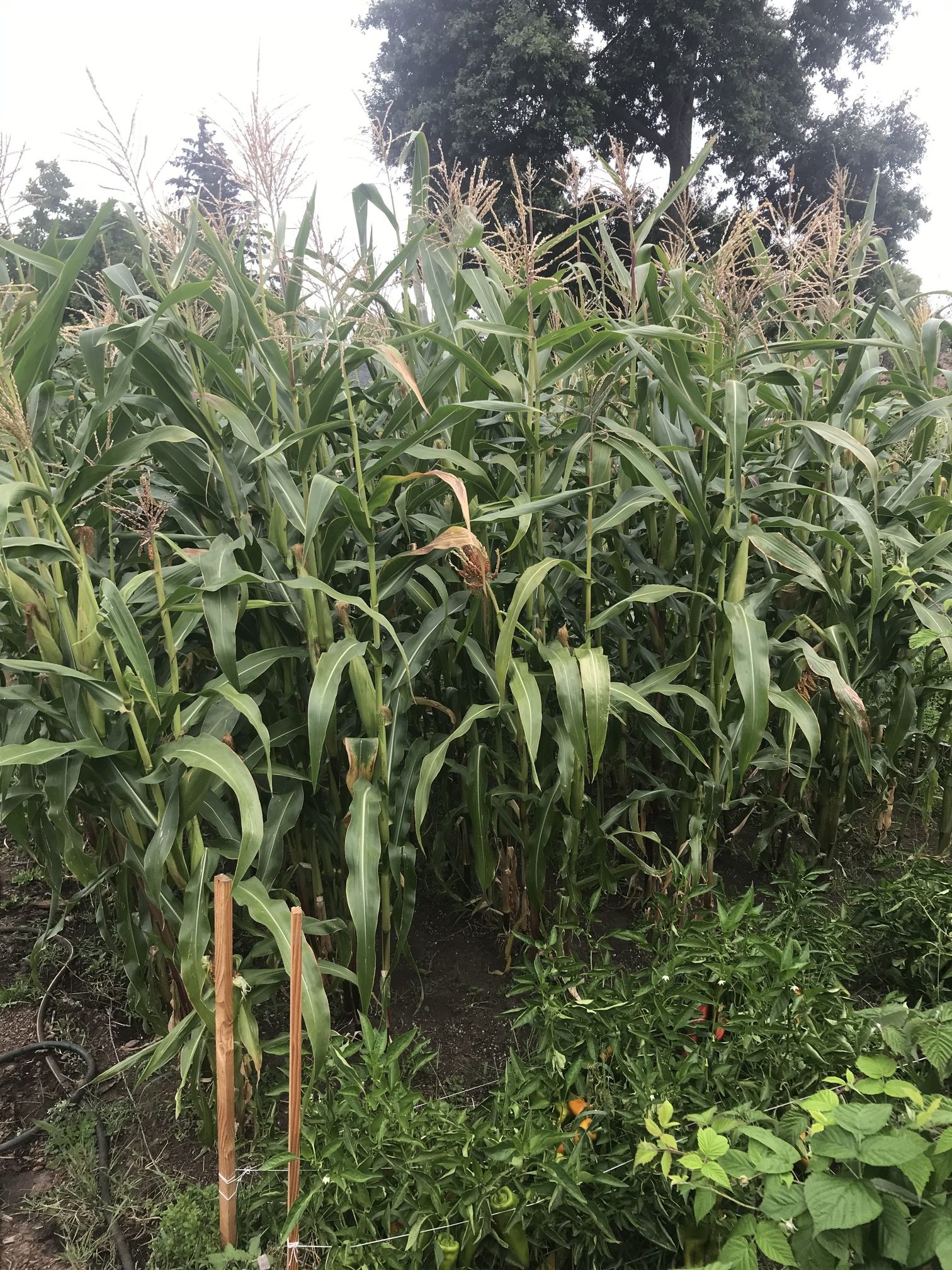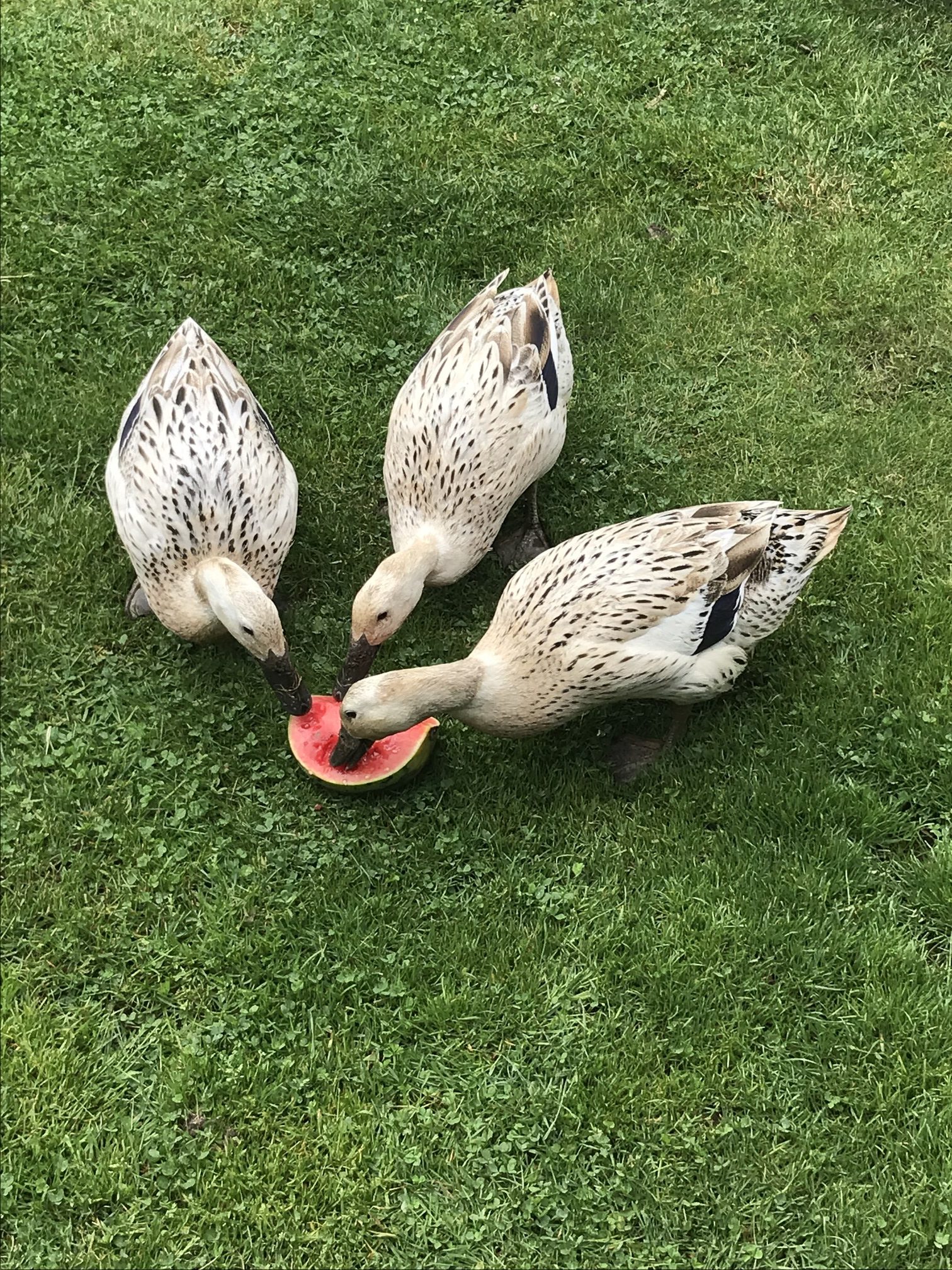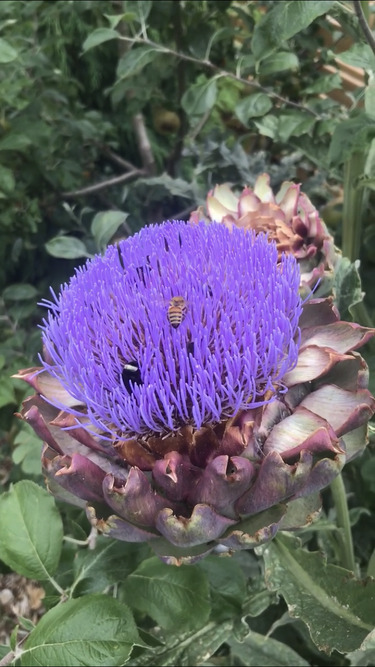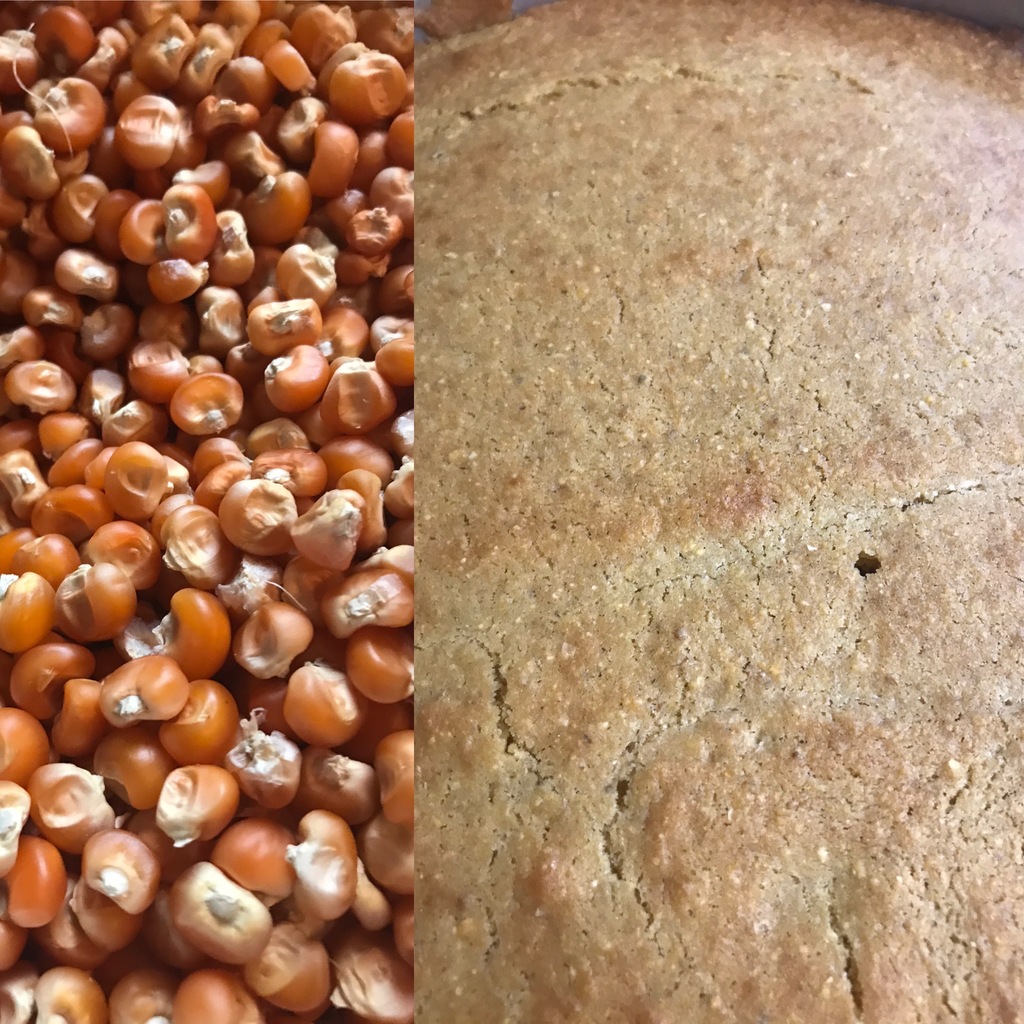Urban Homesteading PDX
A collection of stories from our urban homestead in Portland Oregon.
Our Stories
Follow along as we learn and explore urban homesteading in Portland, Oregon
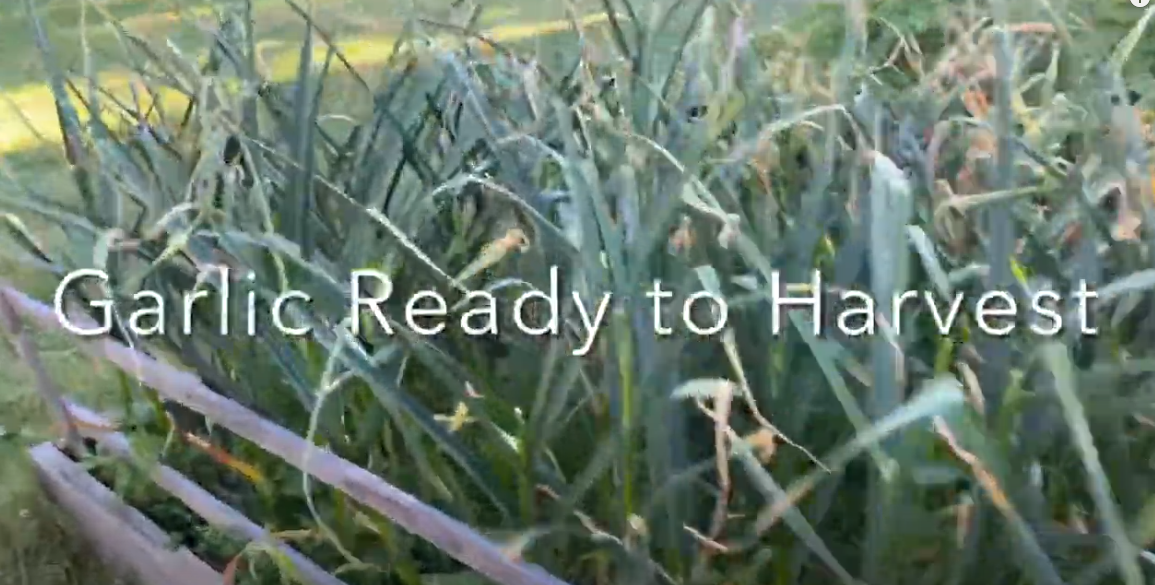
Havesting Garlic from Raised Garden Bed
We planted a large raised garden bed full of garlic last October. This is our entire year's supply of garlic. We feed the plants a couple of times during the growing season and kept them watered. We have harvested all of the garlic scapes and it's time to pull the...

Harvesting Potatoes at Community Garden
We harvested a part of a row of potatoes at our community garden plot. This was a mix of dark Norlund red potatoes and Yukon Gold potatoes. We will pull up the rest of the row the next time we back at our plot and have room in the bucket. Potatoes are a great crop to...

Free or Nearly Free Resources
Finding Free or Nearly Free Resources in Your Community Leveraging free or nearly free resources is a smart thing for all urban homesteaders. There are countless resources to access in your local community. Although buying new may be the right choice for many...
Community Network
Community Network Connect with local, regional, and national community networks that share resources and ideas relevant to urban homesteading. These organizations and communities come in all kinds of shapes and sizes. With this in mind, think about where you might...
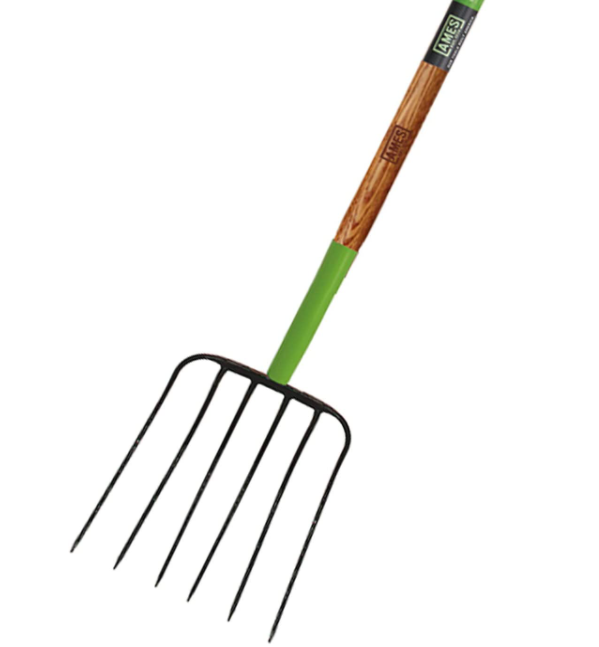
Tools
Tools for an Urban Homestead Urban homesteads can get a lot done with a few select hand tools. My essential tool shortlist includes a shovel, wheelbarrow, hoe, and pitchfork. There are lots of additional specialized tools that make one specific job easier. However,...
Compost
Compost for Backyard Gardeners Compost is the most important amendment to an organic garden. Urban homesteaders can make their own compost or buy it by the yard. While buying may be a necessity at the start of building new garden beds. Over time it is wise to...
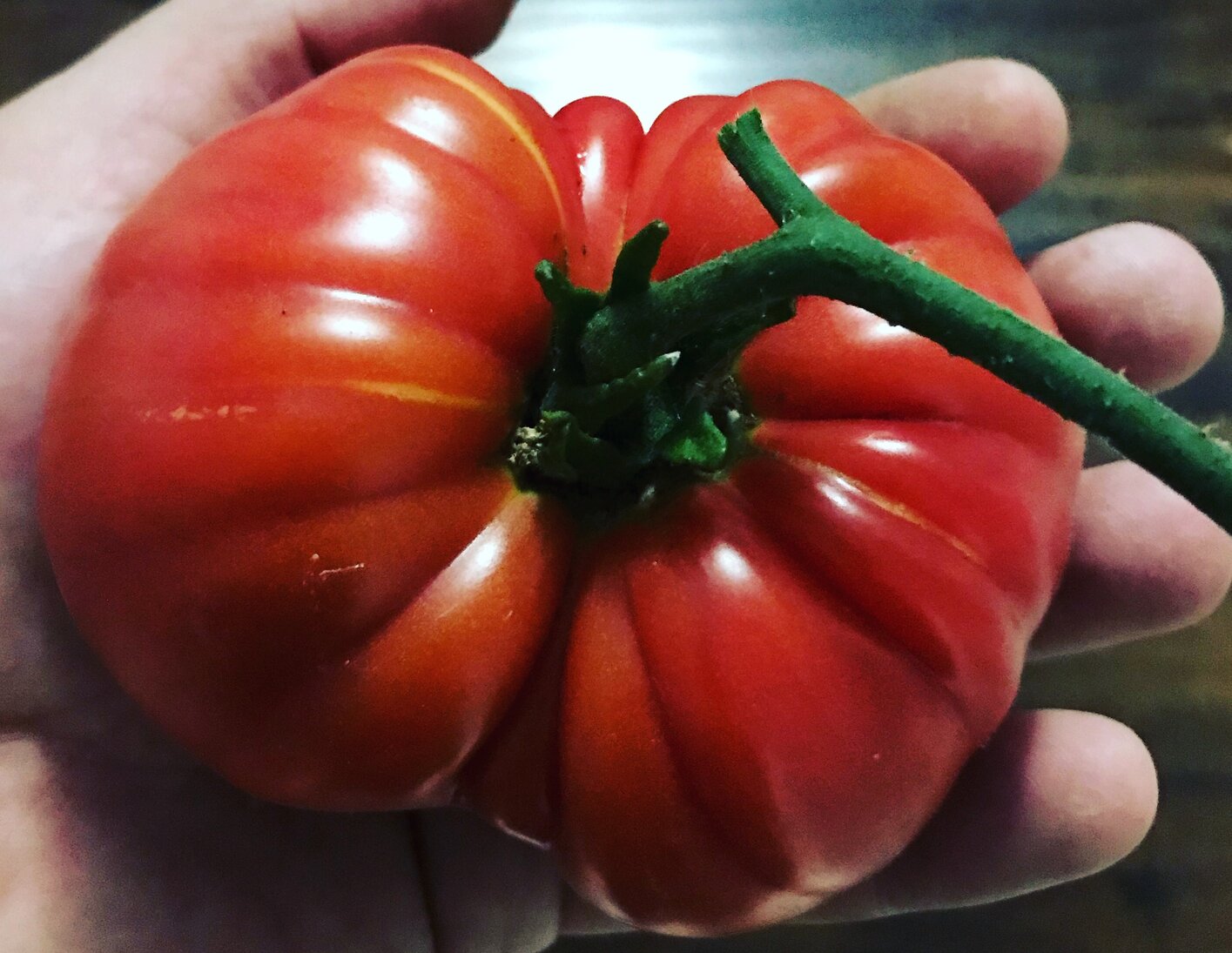
Food Preservation
Food Preservation Proper food preservation techniques mean you get to enjoy your harvest long after pulling your crops. There are few simple pleasures greater than eating a vine-ripened tomato fresh. However, that is a narrow window of time during the year, and...
Backyard Poultry
Backyard Poultry Chicken, Ducks, Geese, & More Many municipalities have relaxed rules regarding having backyard poultry in the city. Given that it is legal to own chickens and ducks in many places they make an excellent addition to any urban homestead. Adding a...
Community Garden Projects
Our Community Garden Plot
Duck Ducks
We love our ducks.
Home Garden Project
Our 1/4 acre property is home to fruit trees and bushes, raised garden beds, and diverse native plants intermingled throughout.
Enjoying the Harvest
Using what we grow to feed ourselves, friends, and family.
About
Hi I am John Johnson and an avid urban gardener in the greater Portland Oregon area. We raise ducks and chickens in our urban lot. We also have planted a large food forest including apple, pear, persimmon, quince, cherry, apricot, and pawpaw trees. Our favorite understory shrubs include blueberries, raspberries, marionberries, honeyberries, and jostaberries. We grow a substantial garden with both in ground garden beds and raised garden beds. These are stories from our adventures growing food and raising animals in an urban setting and the tools that we use to make it happen. This site is supported by affiliate ad revenue.
Urban Homesteading in Practice
What elements of urban homesteading are you interested in?
- Reducing Resource Use. By using alternative energy sources such as installing solar roof panels, riding a bicycle, using public transportation, harvesting rainwater, drying clothes on a line, and reusing greywater.
- Raising Animals. A backyard poultry flock of chickens, ducks, or even other animals such as rabbits or goats. Honeybees and worms in a vermicomposter are also popular urban homesteading animals to raise.
- Edible Landscaping. Growing vegetable gardens, backyard orchard fruit trees, medicinal plants, and herbs, and converting lawns from traditional grass to food forest gardens.
- Self-Sufficient Living. Connecting with your community to trade and share resources that can be repaired, recycled, or made from scratch materials.
- Food Preservation. Managing a harvest of vegetables or fruit is just as important as growing. Canning, drying, freezing, and fermenting are the most popular methods for preserving a harvest for consumption over many months.
- Composting / Building Soil. On-site composting of plant materials and basic kitchen scrap materials. Building soil spreading compost throughout food forest or practicing chop and drop methods or spreading wood chips to feed the microbiology of the soil. Developing a rich soil ecosystem over years of intentional actions to feed the life in the soil.
